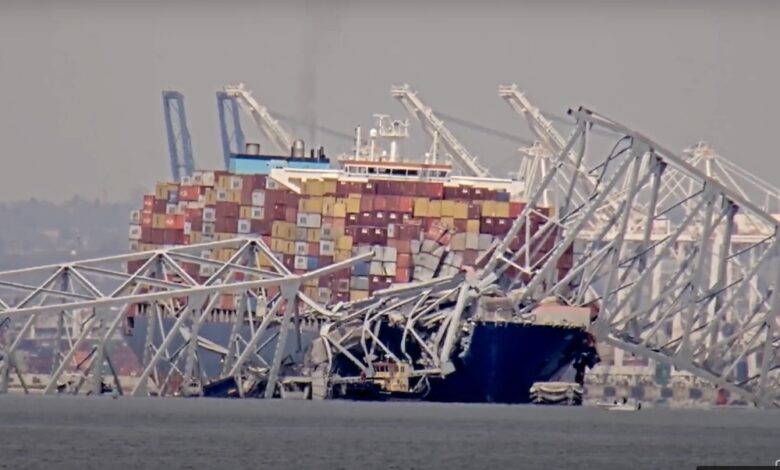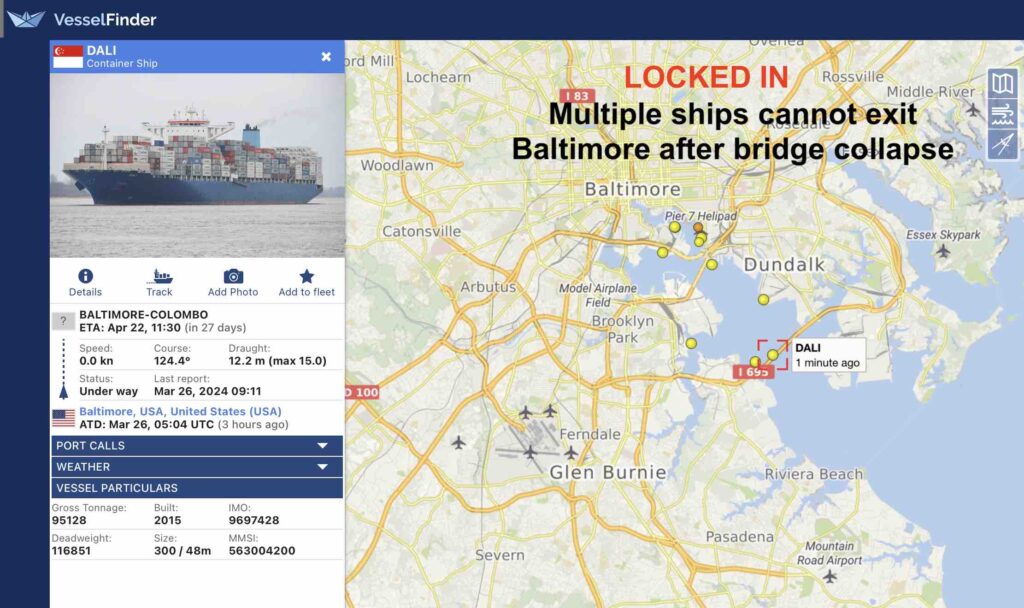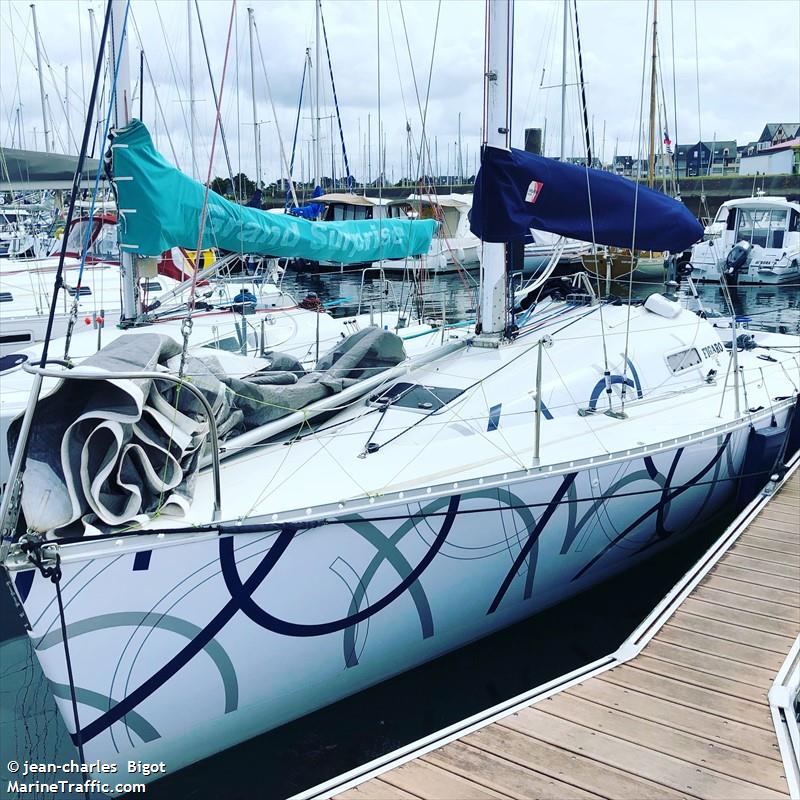Mass casualties feared as boxship takes out bridge in Baltimore

Many are feared dead in Baltimore following a dramatic bridge collapse tonight after the 9,962 teu Dali containership smashed directly into one of the bridge’s pillars.
The Maryland Transportation Authority and US Coast Guard confirmed an incident on the Francis Scott Key Bridge.
It is being seen as a developing mass casualty incident with multiple vehicles and many individuals said to be in the water.
Reports on the collapse of the longest bridge in Baltimore, and the world’s third-longest continuous truss bridge, came in around 1.30 hrs local time Tuesday. Initial reports suggested there were around 20 people on the 2.57 km long bridge at the time of the incident.
In a press conference, Baltimore mayor Brandon Scott and fire chief James Wallace stated that emergency personnel were at the scene and rescue efforts were underway. So far, there are no immediate reports of casualties. Two people have been rescued – one of them severely injured while the other has not sustained any injuries and refused medical attention. Officials said Tuesday night that six contractors working on the bridge were unaccounted for, adding that sonar also detected vehicles under the water and that those missing are not likely to be found alive.
The 300 m-long Dali is listed on VesselsValue as owned by Grace Ocean Investment and registered in Singapore. All crewmembers, including the two pilots, have been accounted for and there are no reports of any injuries. There has also been no pollution.
The vessel had left Baltimore at 1 am and was heading for Colombo, Sri Lanka, according to the maritime data platform MarineTraffic. Video footage of the accident suggests the 2015-built boxship lost power intermittently before colliding with the bridge.
It was not immediately clear how many vehicles were on the bridge at the time of the collapse. However, Governor of Maryland Wes Moore told reporters the vessel issued a mayday call, ultimately preventing more cars from going onto the bridge before impact.
Moore also told the press conference that the preliminary investigation pointed to an accident and that there was no credible evidence of terrorism.
The Dali is chartered by Maersk and operated by Synergy Group on the 2M service between Asia and the US East Coast. Maersk said it was closely following the investigations conducted by authorities and Synergy and that none of its crew or personnel were onboard at the time of the incident.
Many of Baltimore’s shipping terminals lie behind the downed bridge with many ships now trapped. The port of Baltimore ranks first nationally in automobiles and light trucks, first in roro cargo, first in gypsum imports, second in imported sugar, and second in exported coal.
Lars Jensen, chief executive at Danish consultancy Vespucci Maritime, described the incident as a major disaster that would create significant problems on the US East Coast for US importers and exporters.
“The bridge collapse will mean that for the time being it will not be possible to get to the container terminals – or a range of the other port terminals – in Baltimore. In 2023 the terminals handled 1.1 million teu. This is some 21,000 teu per week which now has to be routed through other ports in the region. Additionally, this means the cargo already gated into the Baltimore terminals would have to either wait an unknown period for the sealane to reopen, or be gated back out and shifted to a different port,” Jensen wrote on LinkedIn.


 containership smashed directly into one of the bridge’s pillars.
containership smashed directly into one of the bridge’s pillars.
The great rusty empire should pay attention on it’s fading infrastructure instead of meddling and sponsoring wars abroad. Every bridge should have protection against such kind of casualties.
Patience and endurance to the poor crew.
Seek help.
tool – not the time for this.
No bridge withstand a colission like this.
Port tugs should be used more,special around bridges.
Sydney harbor Bridge next with cruise ships showing off many times…….till ?
1,100,000 TEU annually or 21,000 TEU a week is not a lot of container traffic.
I doubt if it will take long to pull the wrecked spams clear.
Are bridges usually insured for collision?